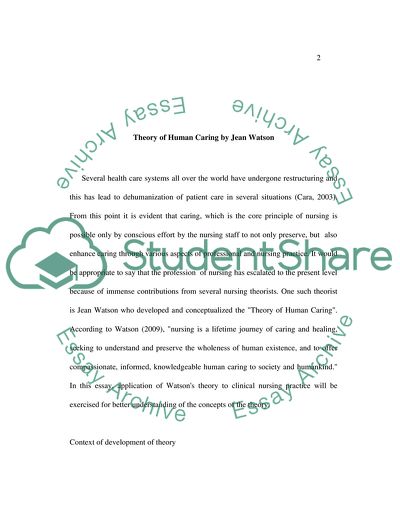Cite this document
(Theory of Human Caring by Jean Watson Research Paper - 1, n.d.)
Theory of Human Caring by Jean Watson Research Paper - 1. Retrieved from https://studentshare.org/social-science/1749818-study-of-a-nursing-theory-choose-a-nursing-theorist-for-use-in-practice
Theory of Human Caring by Jean Watson Research Paper - 1. Retrieved from https://studentshare.org/social-science/1749818-study-of-a-nursing-theory-choose-a-nursing-theorist-for-use-in-practice
(Theory of Human Caring by Jean Watson Research Paper - 1)
Theory of Human Caring by Jean Watson Research Paper - 1. https://studentshare.org/social-science/1749818-study-of-a-nursing-theory-choose-a-nursing-theorist-for-use-in-practice.
Theory of Human Caring by Jean Watson Research Paper - 1. https://studentshare.org/social-science/1749818-study-of-a-nursing-theory-choose-a-nursing-theorist-for-use-in-practice.
“Theory of Human Caring by Jean Watson Research Paper - 1”, n.d. https://studentshare.org/social-science/1749818-study-of-a-nursing-theory-choose-a-nursing-theorist-for-use-in-practice.


